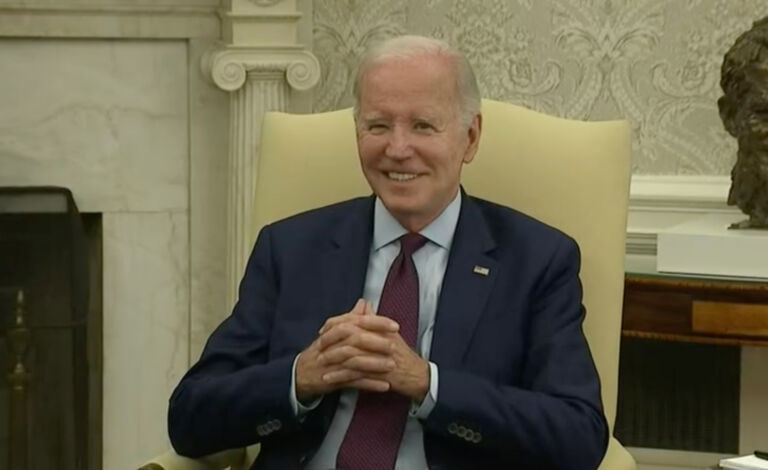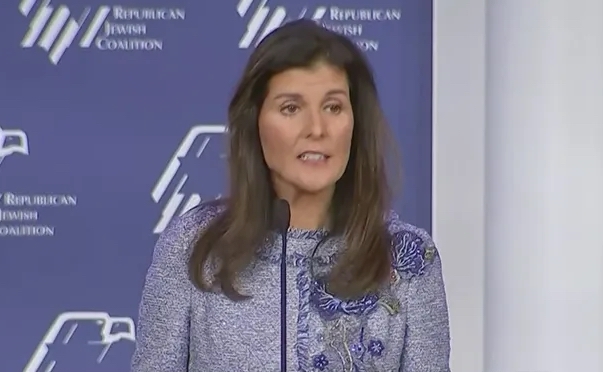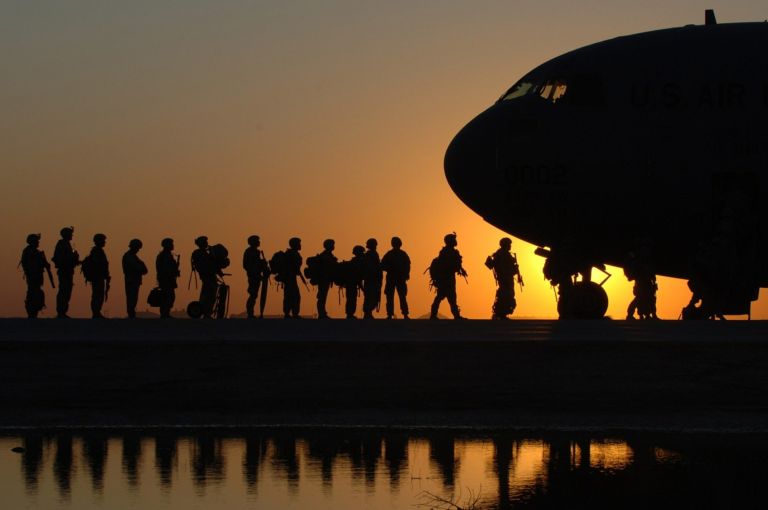Editors at National Review Online explore the implications of poor U.S. military recruitment efforts.
As the U.S. Army’s fiscal year nears its close, the service is experiencing a shocking shortfall in its recruiting targets.
The numbers are grim. At the end of July, the Army had shipped to basic training only two-thirds of the 57,000 new soldiers it had hoped to recruit. The Marine Corps and Air Force are doing a bit better, but the Navy is also struggling to meet its year-end goals. The reserve components are, if anything, in worse shape: Only the Marine Corps Reserve is set to meet its targets, while the Army and Navy Reserve and Army and Air Force National Guards are expected to fall tens of thousands of recruits short.
Even the prestigious military academies are feeling the pinch. West Point recorded a 10 percent decrease in applicants while the Air Force Academy saw a stunning 28-point decline.
There are many fathers to this failure, ranging from a badly timed and more-stringent DoD-implemented medical-screening system to a tight jobs market to ineffective marketing campaigns to — as the services argue were a major cause — pandemic-related restrictions that kept recruiters from making in-person contacts in temporarily closed high schools. Regardless, as the Pentagon scrambles to fill the shortfall, the upshot is that the American reliance on an all-volunteer military is being tested.
The downstream effects are worrisome. Despite a hot war in Europe and a growing threat from a menacing Communist regime in Beijing, the U.S. Army — already half the active-duty size that it was at the end of the Cold War — is reportedly studying ways to cut personnel out of its Brigade Combat Team organizational charts. The Navy, likewise, is planning on cutting more than a thousand sailors from sea service as it struggles to man its ships. The Air Force is short more than a thousand pilots.


